Research
- My academic journey began in pharmaceutical sciences, providing a solid foundation in drug development and biological processes.
- I transitioned to pharmacoinformatics during my master’s, focusing on structural biology to deepen my understanding of protein dynamics.
- Building on this, my PhD in drug design leveraged my structural biology expertise to unravel complex protein behaviours.
- As a postdoctoral researcher in France, I specialized in computer-aided drug discovery, refining computational methodologies to tackle drug development challenges.
- Collaborating on diverse biological targets, I contributed to multidisciplinary teams, addressing intricate research questions in drug discovery.
- Over the past two years, I’ve embraced a focus on nanomaterials and machine learning, seamlessly integrating my skills in structural biology, drug design, and computational tools.
- This evolution has broadened my research scope, enabling innovative approaches in materials science and predictive modeling, while amplifying the impact of my work on emerging scientific challenges.
Nanomaterials and Environmental Toxicity
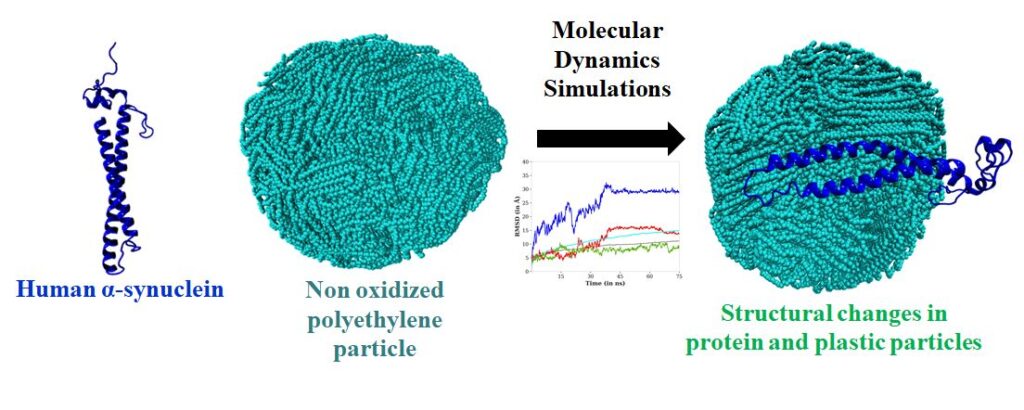
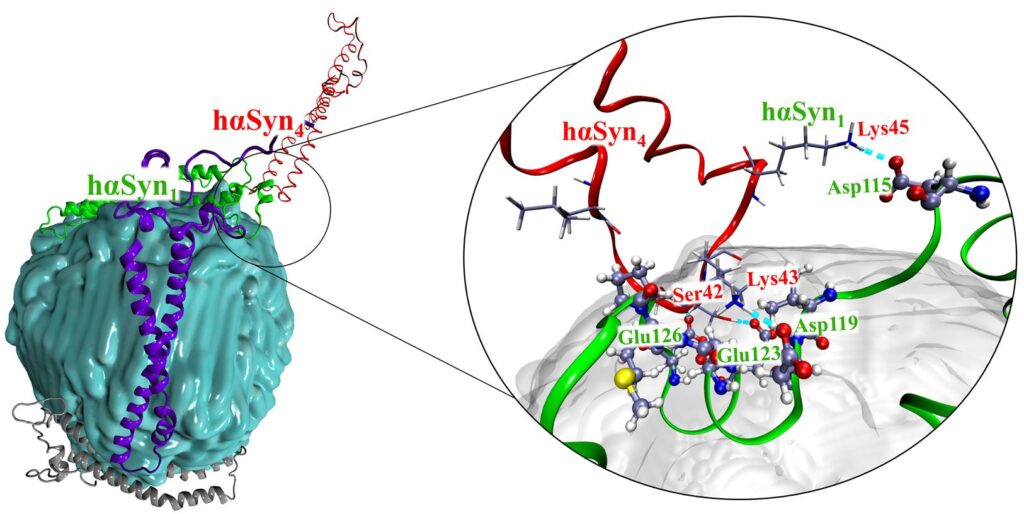
The computational modeling of nanomaterials can provide critical insights into the molecular assembly, surface characteristics, crystallization tendencies, and most importantly their interaction potential with various biologically relevant molecules. My postdoctoral research tenure from February 2023 to May 2024 was hosted at the Nanoscience and Innovation for Materials, Biomedicine, and Energy (NIMBE) unit, within the team Laboratoire Interdisciplinaire sur l’Organisation Nanométrique et Supra Moléculaire (LIONS) and Institut de Biologie Intégrative de la cellule (I2BC), who specializes in exploring the physical and chemical mechanisms that govern the formation of nanostructured materials and their interactions with biomacromolecules.
This is the first study to report the bidirectional effects of NP-biomacromolecule interactions on both protein structure and the NP particles, and was published in ACS Biomacromolecules. The NPnonox-interacting residues of multiple hαSn molecules come from the NAC and the amphipathic domains, which are critical for the physiological role of hαSn in synaptic trafficking. The adsorption of hαSn on NPnonox will make it unavailable for interaction with synaptic vesicles, interrupting the vesicle fusion, and subsequent neurotransmitter release, causing the pathological implications.
Computational Biology of Drug Targets and Their Mofulators
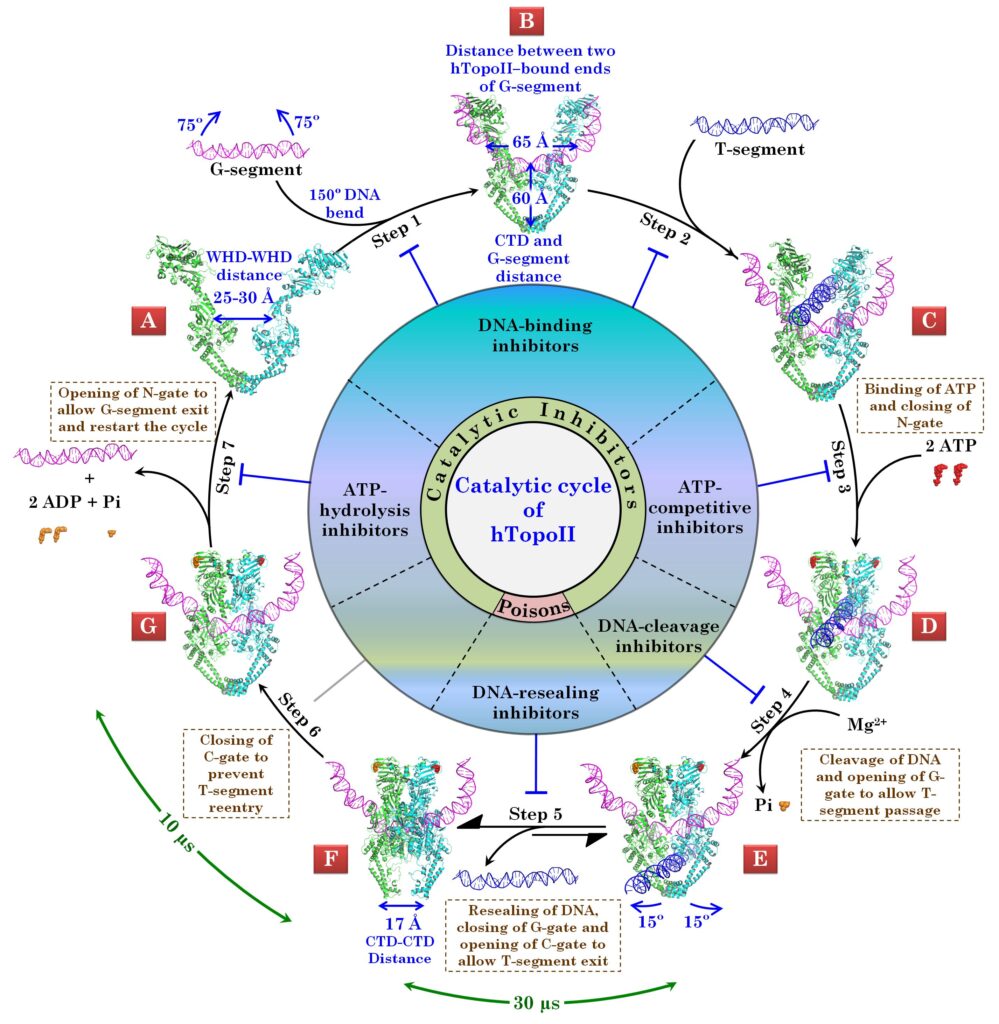
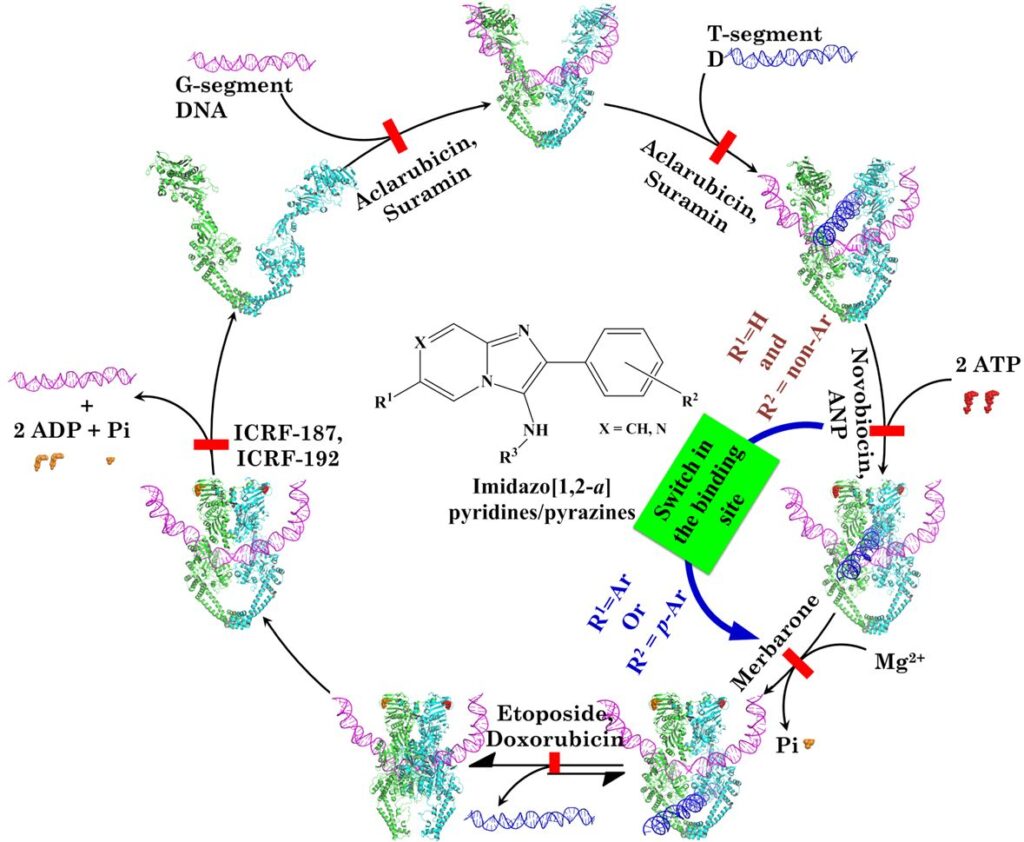
saidjhsaidfhskjdbvskjcvnkxnc
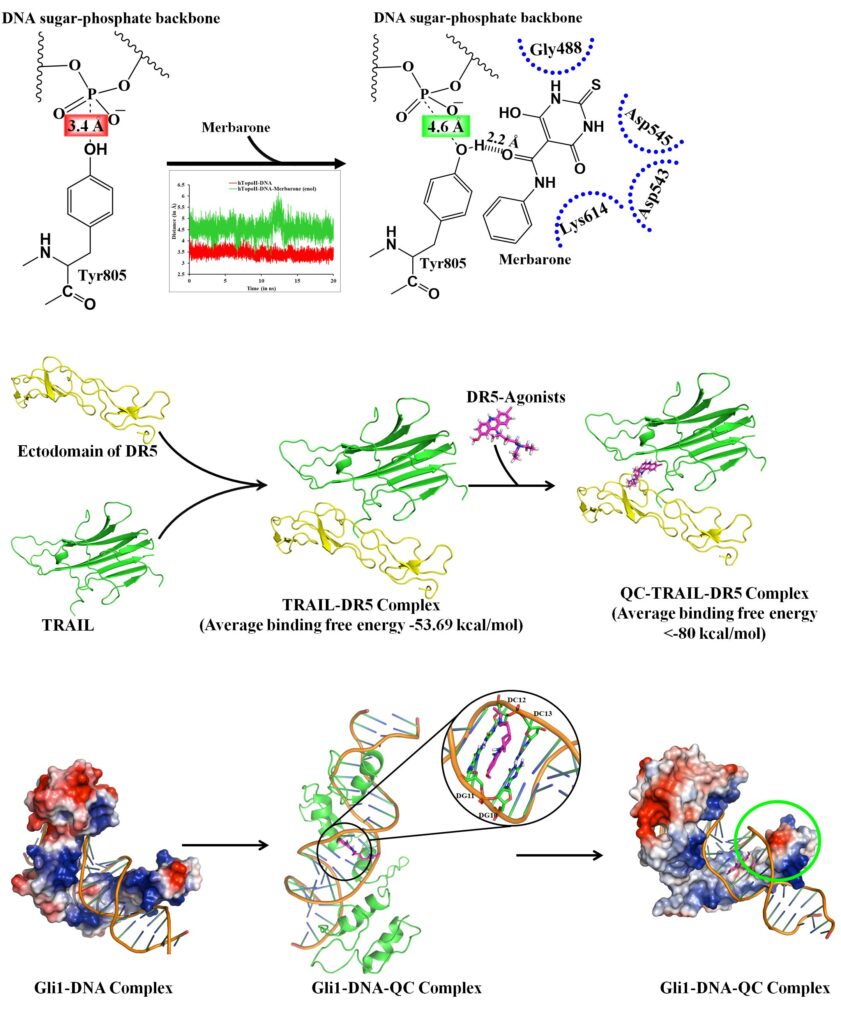
asoidasiofskldvnkxcbvklxnzm